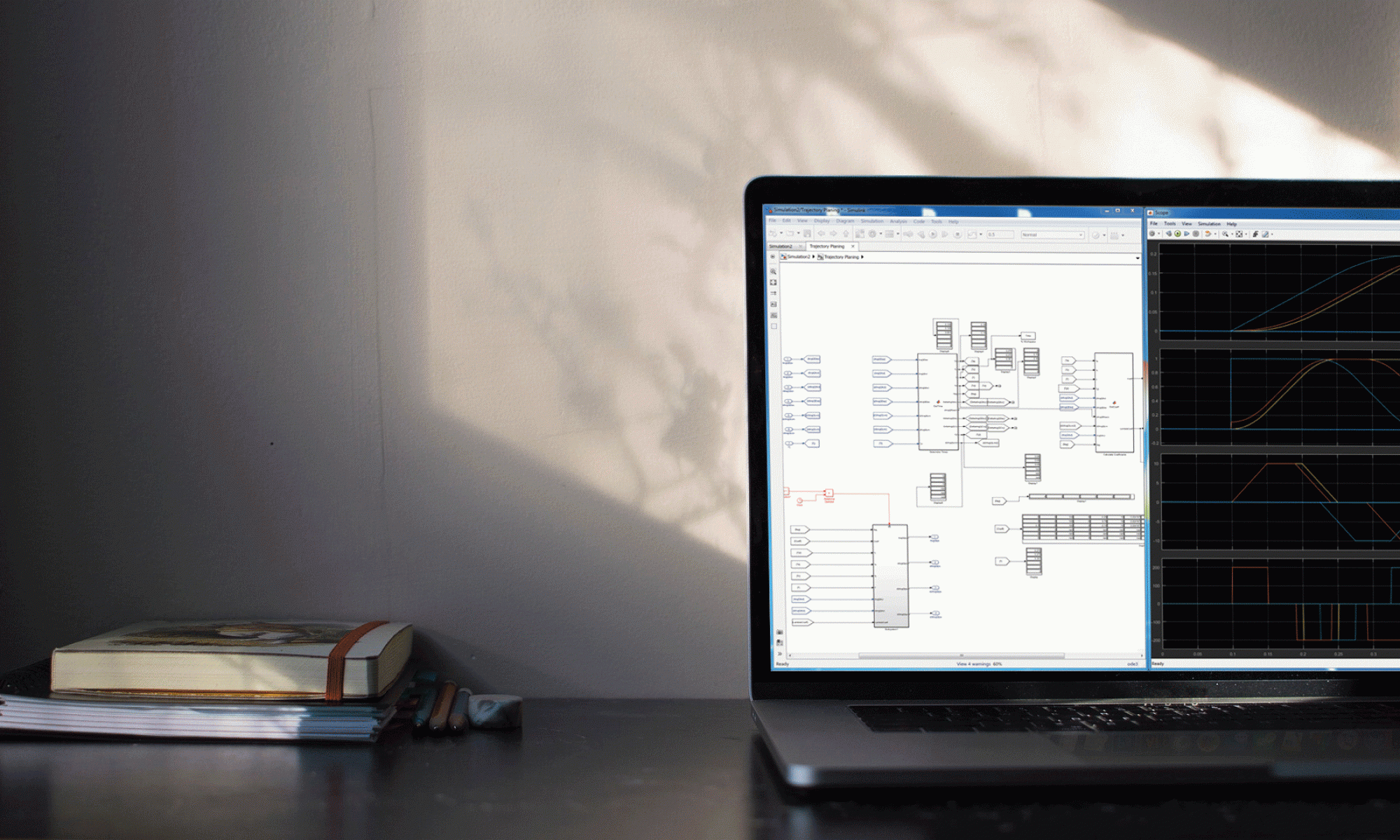Pneumatic artificial muscles consist of two main parts, a rubber bladder, and a woven fabric. By applying pressurized air, the bladder is caused to change its volume and the fabric translates this change to a linear contraction, which approximates the behavior of human muscles. Hence the Regensburg Robotics Research Unit uses these muscles in its antagonistically actuated exoskeleton.

